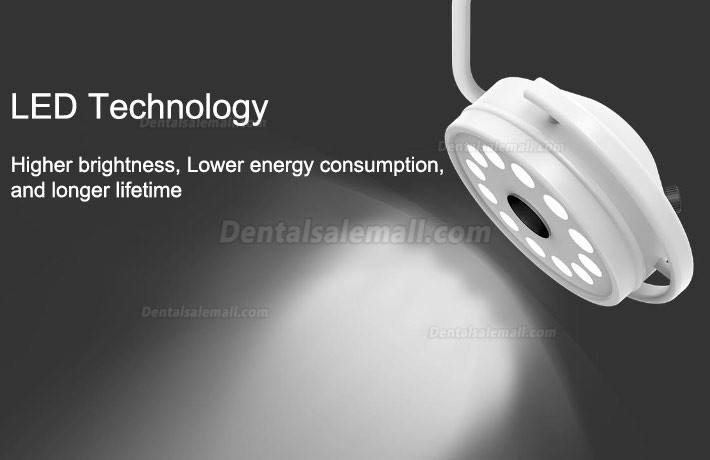
You should try to avoid touching the surgical area as possible as you can. You can brush your teeth after surgery, but you need to avoid coming in contact with the incision areas. Your dentist will tell you when you can brush your incision areas.
You can use warm salt water to keep your mouth clean. You need to put 1/4 teaspoon to 1 teaspoon salt anywhere in 8 ounces of water. Gently rinse the saline around the mouth for about five minutes. You can repeat this process two or three times a day.
If you choose to use a cold pack to reduce swelling, you need to use the package for 20 minutes each time. Wait 20 minutes before using the ice pack. You only need to do this within the first 24 hours.
Exercising after oral surgery can wait, preferably after a complete recovery, and get a green light from the doctor. It is best to start with a low-impact exercise to minimize the risk of bleeding. Yoga, stretching, walking and light strength training are examples of some of the exercises you can do after implanting a dental procedure. Exercise can help improve blood circulation. This can speed up the healing process.
Dental implant surgery with dental surgical implant machine can improve your life. However, in order to ensure the success of your surgery, you’d better to do the things we mentioned above well.




